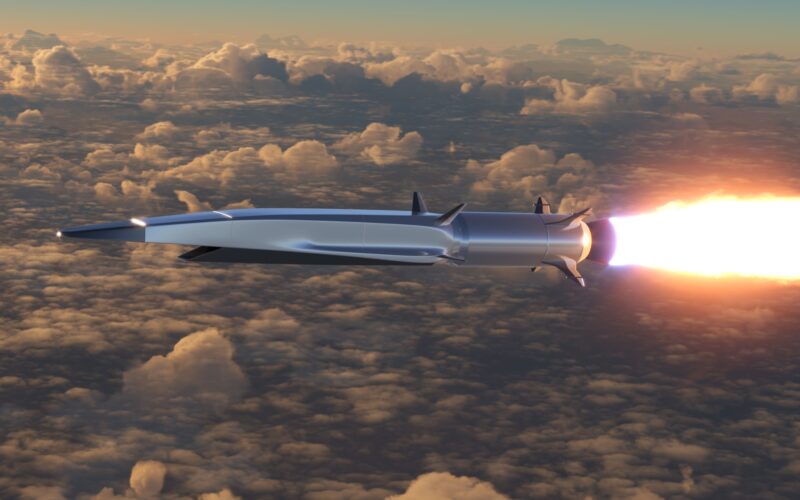The United Kingdom plans to deploy its first domestically designed hypersonic cruise missile before the end of 2030, The Sunday Telegraph has revealed.
The British Ministry of Defence (MoD) has insisted that the new weapon be entirely designed and built in the United Kingdom, with a deadline for entry into service by the end of the decade. The news comes shortly after British Prime Minister Rishi Sunak pledged to devote 2.5% of GDP to defense in the next six years.
“We are pursuing hypersonic technologies to further develop UK sovereign advanced capabilities,” an MoD source told The Telegraph. “We continue to invest in our equipment to meet current and future threats.”
The platform specifications are still in the early stages of development, and it is yet to be decided whether it will be launched from land, sea, or air. The MoD has referred to it as a hypersonic cruise missile (HCM), meaning it will travel under its own power to its target. This differs from a hypersonic gliding vehicle (HGV), which needs a rocket to propel the weapon to the edge of space before it can glide back into the atmosphere to reach its target at hypersonic speed.
Research is underway to invent materials that can sustain such speeds. This challenge is sometimes called the “heat barrier,” analogous to the sound barrier that marked a significant milestone in aerospace technology.
Moreover, work is being done to create an airbreathing “scramjet” engine. Scramjet stands for supersonic combustion ramjet, a jet engine capable of operating at hypersonic speeds. Unlike conventional jet engines, scramjets do not have rotating parts like compressors or turbines. Instead, they rely on the speed of incoming air to compress and ignite the fuel. Developing such an engine is crucial for designing a hypersonic cruise missile.
Hypersonic weapons have been the focus of modern warfare technology in recent years, garnering significant attention for their potential to revolutionize combat. Due to their speed and maneuverability, hypersonic weapons pose substantial challenges for path prediction and interception. These weapons are also designed to function within a flight domain that is strategically positioned between the endo-atmospheric and exo-atmospheric altitude. This zone is a grey area barely covered by current defense systems.

